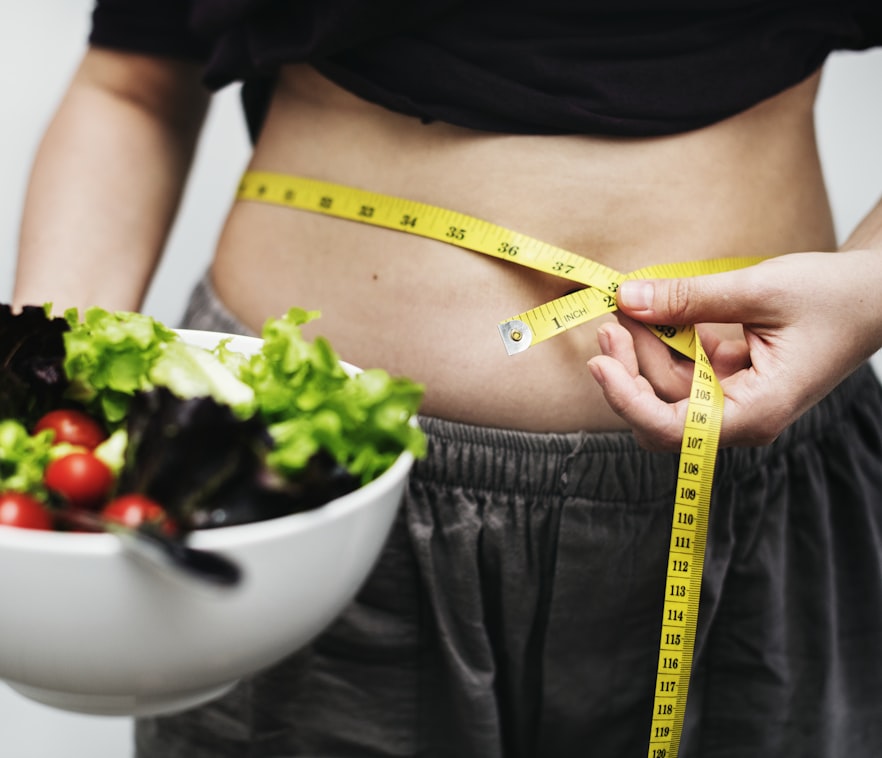1. Choose the right clothes!
Fashion boredom is unpredictable - beauties with Rubens rounds are in demand here, and a lovely little girl with small breasts comes in fashion, but the woman is given only one pair of chest. And they are not changeable, so we often try to adapt to fashion by choosing the wrong size bras. Only size is what determines - whether the breast in this garment will feel good or not. The shape of the bra, whether it has ribs or not, and other actual decorative elements are not crucial. If too little bra is chosen, it will start to disrupt the blood supply to the organ and the breast starts to hurt, discomfort occurs. The risk of inflammation is increased by interfering with blood circulation and lymphatic drainage. By contrast, choosing a piece of laundry that is too large is not sufficiently supported. The only evil in this case is the chance to say goodbye to numbers, solid forms. Breast has a certain weight, so the breasts that hold the breast stretch and no longer recover the previous elasticity. However, for women who change their breast size before the menstrual period, it is advisable to buy bras of various sizes that can be changed depending on the cycle changes.
2. Eat Healthy - Breast Beauty and Health!
If the necessary vitamins are not received, the breasts suffer like the whole body. There are theoretical assumptions that very fat, calorie-rich foods could be the cause of breast cancer development, but most patients do not have a common unifying factor that would suggest that diet could directly affect malignant tumor development. To protect yourself from mastopathy - changes in breast milk, it is recommended to use products rich in vitamins A, E and D - carrots, beets, apricots, strawberries, oranges, mandarins, peppers. Taking care of breast beauty and health is recommended to eat fish. It is better to choose vegetable oil instead of animal fat. The firmness and beauty of the skin are influenced by its fluid saturation, so drink a lot.
3. Exercise, swim or dance!
Do Exercises Help Improve Breast Form? Partially if you are training a muscle under the breast. Trained breast muscle visually swings out of the breast, but it cannot be increased or altered. Other physical activities - walking, running, swimming and dancing - are also healthy for the chest.
4. Regularly examining breasts!
In order to be safe for your health, you regularly check your breasts. Breast cancer is a daunting diagnosis. However, in the first stage, it is cured in over 90% of cases. The later the disease is found, the smaller the chances of recovery. Often, we are able to help ourselves through careful and regular self-control.
■ Females of fertile age have the best time for breast examinations at 5-12. day after menstruation.
■ For those who use hormonal contraception - opening the new packaging week.
■ After menopause, on any day of the month that you can easily recognize (for example, on the date of birth).
How often? Young girls should check themselves every two to three months. After age 35 every 2 months; after 45 years - once a month. Once a year, visit a gynecologist, ask the specialist to check the breasts!
Don't raise anxiety before time! Not all of the tits that a woman's life-long chest has lifetime evidence of malignancy. Each age has its own specific problems that need attention. If you notice any changes in the chest, visit a gynecologist to find out the cause and the most appropriate solution to the problem.
5. Use Beauty Knifes!
Moisturizing and nourishing body creams and balms, as well as special skin creams, are suitable for breast care. Remember that the chest does not benefit from excessive sunbathing in the sun or solarium. Breast skin is ten times softer than on the face, so burn it very badly. Sunbathing in a sunbed or in the sun is best for covering your breasts, as ultraviolet radiation can promote mastopathy.
Young and mature years - different problems
■ For young women under the age of 30, the most common cause of anxiety is a chest-shaped formation called fibroadenoma. These are benign formations in the breast segments that are easier to touch before the period. After menstruation they seem to disappear, then appear again. Rarely, medication is recommended, but if fibroadenomas do not interfere or change, they should not be treated specifically.
■ Another problem faced by young women is the particularly painful breasts before the period. Slightly enlarged, sensitive milk glands at this time are a physiological norm, the doctor should only be approached if the pain interferes with normal walking, sleep if the breasts also hurt by wearing the right size bras.
■ About 35 years of age, cysts are more common in the chest, an extension of the ducts, where the secretion of a clogged milkpipe has accumulated. Cyst formation is largely a normal process of aging of breast tissue. However, from this age, special attention should be paid to any formations of the chest, as 35 years is an arbitrary age, which increases the risk of breast cancer.
■ Some sources say that up to 80% of women are experiencing mastopathy or breast problems after the age of 30 years. However, this does not mean that all manifestations of mastopathy are severe illnesses.
However, much more attention should be paid to breast size women who have DD-sized breasts. In many countries around the world, such breast reduction operations are paid for by the state. This is not the case in Latvia. Problems with large breast owners are both back pain and deformation and pain in the shoulder joints due to high weight. Big breasts are also harder to investigate, so there are quite a large number of women with large breasts among oncological patients.
When considering the idea of breast augmentation







